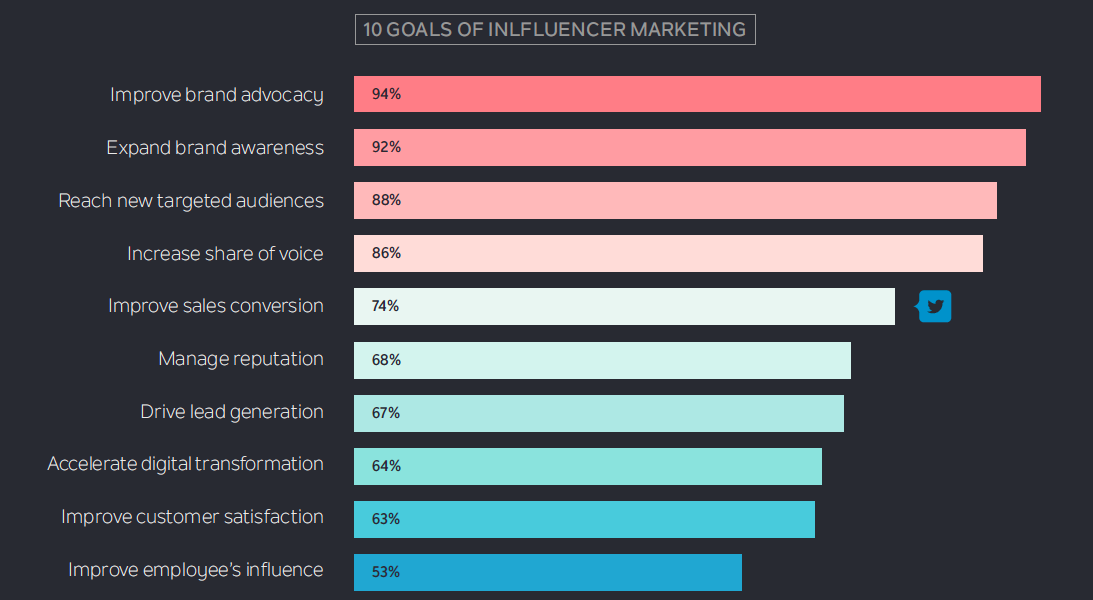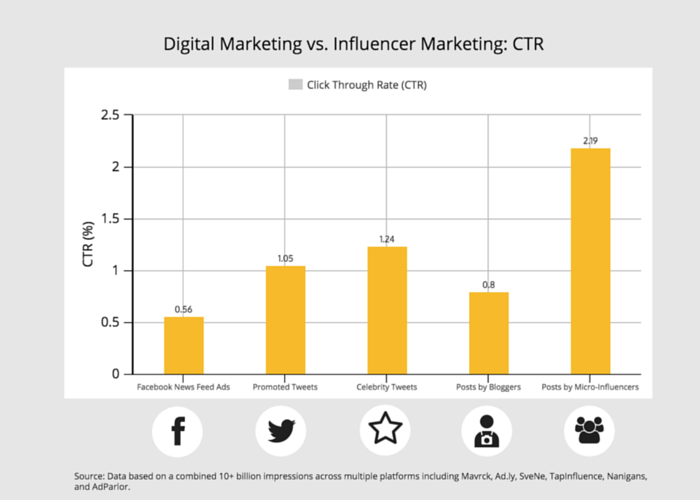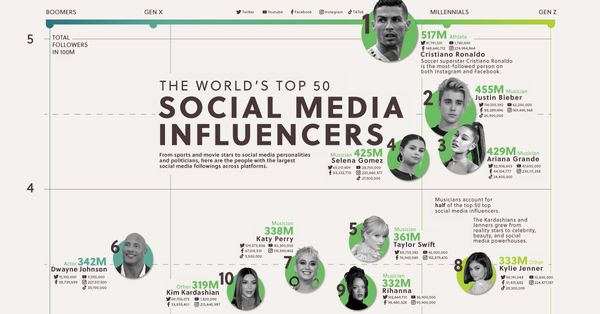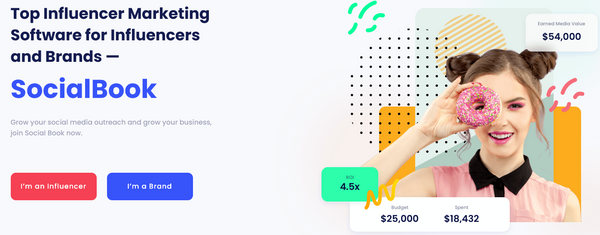So you’re all set to launch your influencer marketing campaign. You’ve carefully chosen influencers for your marketing campaigns —preferably with the help of a convenient influencer-vetting tool like SocialBook—who have an instinctual knack for organically integrating sponsored content into their posts, and whom you trust to create content that authentically conveys your brand message.
In order to ensure that your campaign stays on track and consistently delivers the expected ROI, you’ll want protocols in place that will allow you to measure your results throughout the life of your campaign, and also help you to regularly assess whether those results are in line with your campaign goals.
To effectively track the success of any campaign it is imperative that you and your team start out with clearly defined objectives so that you can easily determine which KPI (key performance indicators) most need to be measured to keep the campaign on course and performing according to plan.
Defining Your Goals

When planning an influencer campaign the first question to answer is, “What is this campaign trying to accomplish?”
Is the goal to increase brand awareness or to drive as many consumers to the bottom of the funnel as possible? Or is it something in between? The answer will determine exactly where to invest your energy—and your budget—to make the most impact and tell you which KPIs to measure to assess whether your campaign is meeting marketing goals.
If your primary focus is top-of-funnel objectives like creating buzz and increasing brand awareness, you will measure your success by how many views or impressions your post gets.
When goals are more mid-funnel you’ll be primarily focused on tracking engagements in the form of likes or shares, and finally, when measuring how your influencers are performing with a bottom-of-funnel audience, CTR (click-through rate) and conversions are the metrics to which you’ll want to give most of your attention.
Measuring Top to Mid-Funnel Performance

Your most immediate goal may be to create buzz, but increasing brand sentiment and brand lift—greater interaction with your brand as a direct consequence of your campaign—will help make conversions happen down the road.
In order to keep an influencer marketing campaign on course and functioning as a successful inbound marketing tool, you’ll need to track its effectiveness in your initial brand awareness campaign by measuring influencer impressions.
Impressions are a reflection how many people are seeing specific posted content; it’s a metric that gives you important information about precisely how many were reached with your influencer posts, and also which individual influencers and social media platforms are performing best for your campaign.
Number of impressions and influencer performance can be measured manually within your chosen influencer marketing platforms, or with the help of a tool like Google Analytics.
Different social media platforms track performance differently. YouTube tracks views. As defined by the International Advertising Bureau, a viewable impression is “an ad which appears at least 50% on screen for more than one second.” Facebook provides viewed impressions for business accounts that are referred to as “reach.” Video views on Facebook, like on YouTube are counted only after your video has been playing for three seconds.
Instagram provides views for videos using the same three-second rule as Facebook, and allows Instagram Business users to track impressions (the number of screens on which your content has appeared).
Australian fresh meal brand YouFoodz, with the help of 81 influencer partners created an Instagram campaign that garnered 70,000 direct engagements and over 500,000 impressions. A campaign that uses a pool of micro influencers is a great way to tap into multiple niche audiences and generate widespread brand awareness. It also gives marketers ample opportunity to change up partnerships as they see how various influencers perform during the course of a campaign.
Stronger forms of engagement at the middle of the funnel include likes, dislikes and shares. YouTube includes dislikes, which should be factored into an influencer’s overall engagement rate when tracking the progress of your campaign.
Tracking the number of impressions, views, likes and shares, especially per influencer helps your team to determine which partnerships are performing best for you, giving you a leg up and a chance to fine tune your approach throughout the life of your campaign.
Measuring CTRs and Conversions

CTR stands for click through rate. Measuring CTRs and conversions is a bit more labor intensive than tracking impressions, likes and shares but if your primary goal is to make sales, it is an indispensable way to get a clear picture of the ROI from each individual influencer. It also enables you to see how your campaign is performing with various audience verticals within each influencer’s fan base.
For example, you may find that influencers with fans in certain demographics get a higher CTR when they post video content. You can then use that information to make tweaks to your strategy if necessary, focusing more of your energies on influencers whose followers are converting to customers and parting ways with those whose fans aren’t clicking through. By being more specific in your analytics, you can better determine which influencers are generating the best ROI.
Last click attribution—attributing the click or the sale to the influencer post that drove the click through—can be used to measure performance but remember that often everything leading up to that last click snowballs into a powerful incentive to click through, meaning that perhaps that last ad shouldn’t quite get all the credit.
Suppose you see a favorite influencer recommending a product on Instagram. Your interest is piqued, but it’s time to leave for work and you forget about the post and the product. Later, on your lunch hour, you see another influencer that you follow posting about the same product. At that point, you have the time to click on the link and take a closer look. Before you saw the second post, you were already interested and had also had the time to organically allow your interest to grow with no pressure to immediately act on it. Still, the second influencer gets all of the credit for the click through when marketers measure influencer ROI using the last click attribution model.
A more balanced approach to measuring individual influencer performance is to use a combination of last click attribution and predictive analysis. You can measure the ROI of each influencer for up to 12 months with predictive analysis to see how influencers are likely to perform in the future, making it much easier to assess the value of individual influencer content and get a clear picture of how to budget for influencers down the line.
In Conclusion

A working understanding of your analytics is key. Whatever the specific goals for your influencer marketing campaign, conscientiously tracking results and having a thorough grasp of what those results mean for your campaign gives your business the advantage of clarity and can help you to accurately assess the strengths and weaknesses of a campaign.
Thoroughly understanding the impact of your campaign by tracking the results of each individual influencer partner will provide insights that allow ample opportunity to adjust course if necessary, giving your team the greatest chance of success in their marketing efforts.
Want to find out how to find the best Instagram influencers for your target demographic? Head on over to SocialBook for a free demo and trial to find out how!







